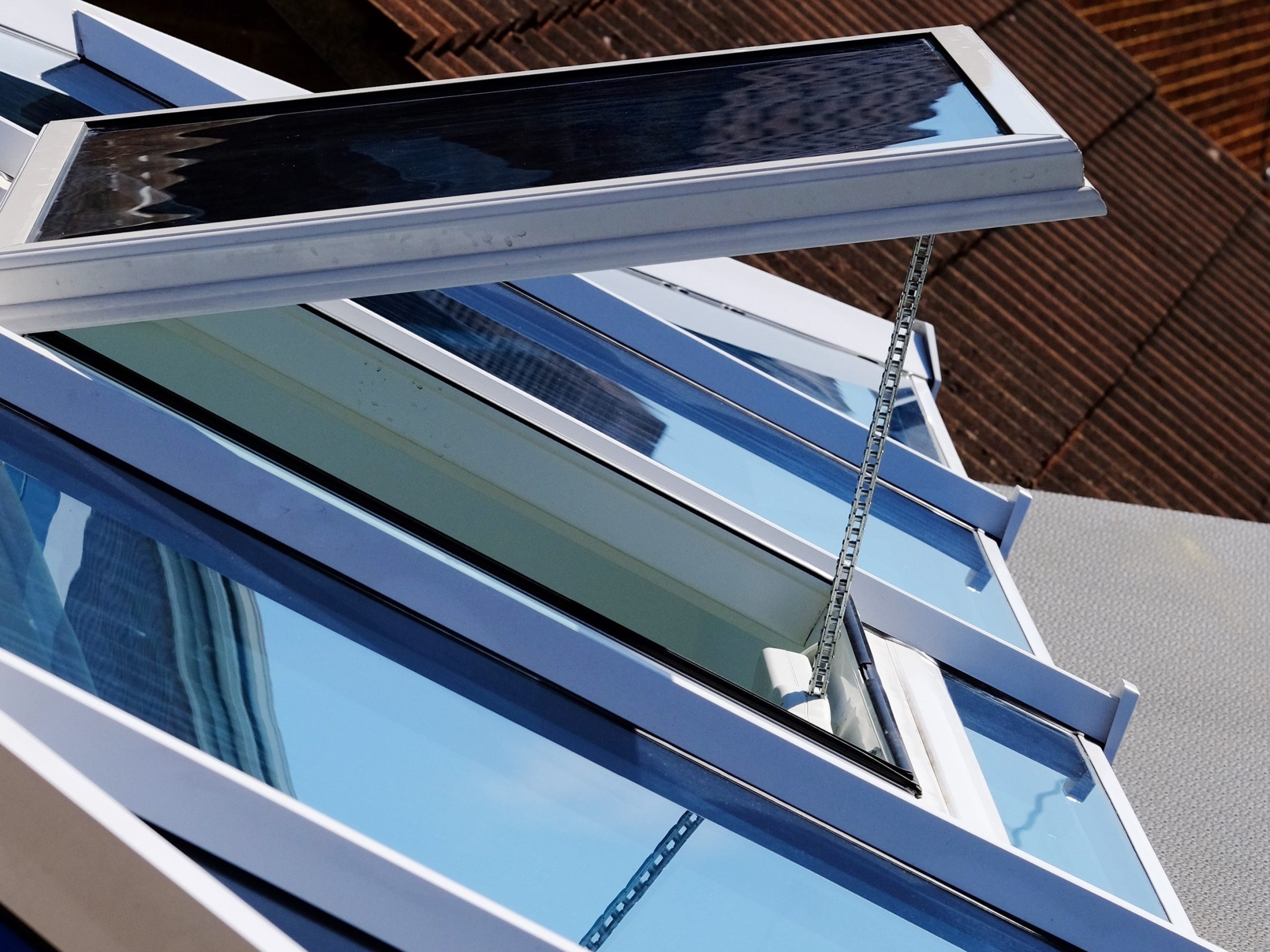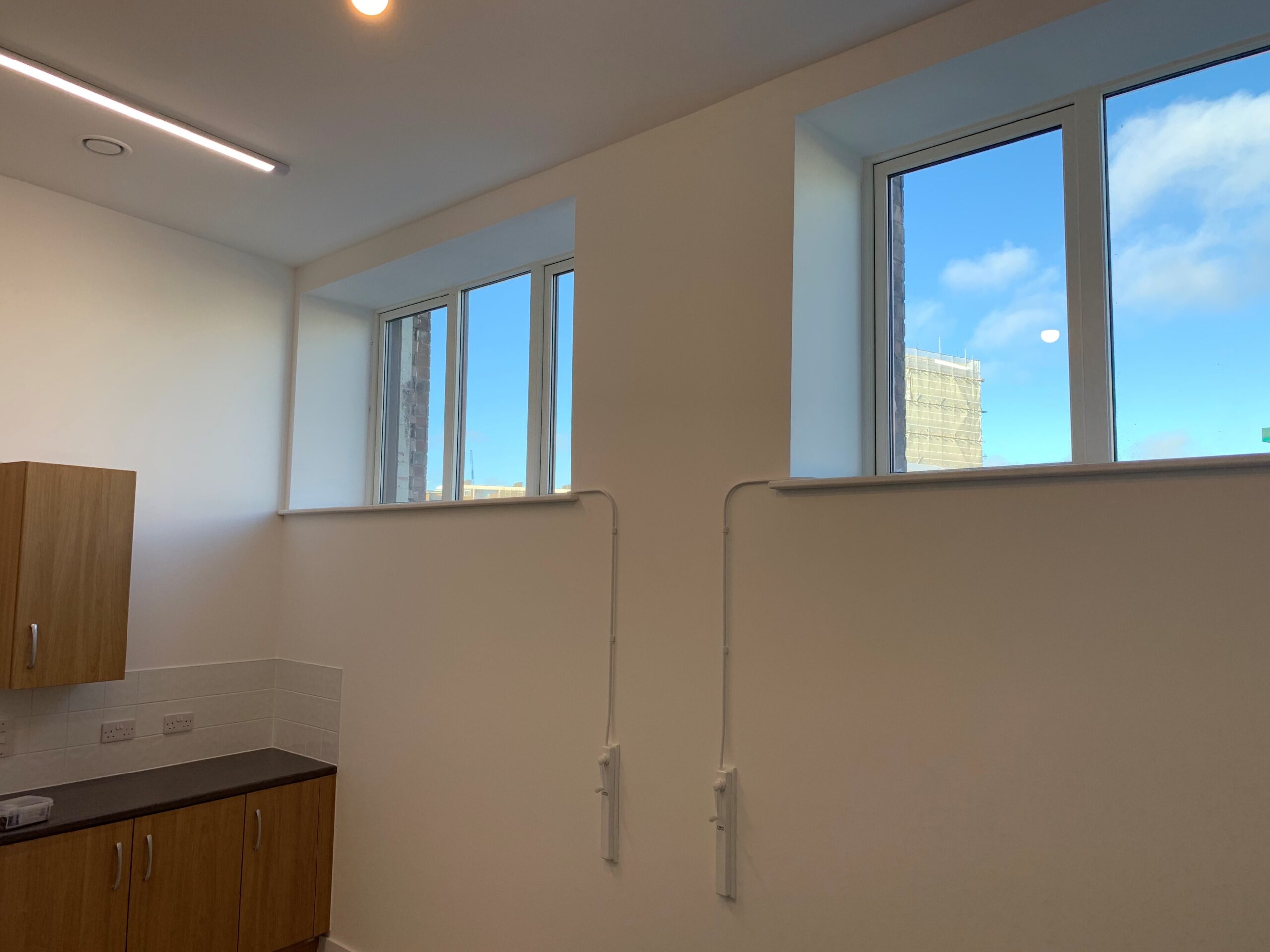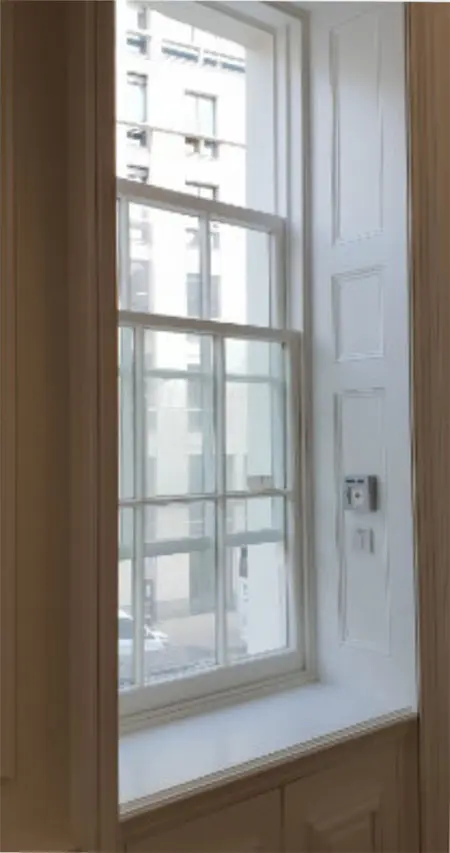Electric Actuators vs Manual Openers: Which Is Right for Your Ventilation Needs?
Ventilation plays a critical role in maintaining indoor air quality, temperature control, and energy efficiency.
Ventilation plays a critical role in maintaining indoor air quality, temperature control, and energy efficiency. When designing or upgrading a ventilation system, one key decision is whether to install electric actuators or manual window openers. Each has unique benefits, depending on the layout, building usage, and access requirements.
What Are Electric Actuators?
Electric actuators are motorised devices that open and close windows automatically. They integrate easily with modern ventilation systems and are particularly effective in hard-to-reach areas. When paired with environmental sensors, they enable windows to respond to temperature, rain, or carbon dioxide levels in real-time.
Electric actuators work well for systems that rely on natural or hybrid ventilation, including stack ventilation and cross ventilation. They are also compatible with passive ventilation systems designed to optimise indoor airflow without relying solely on mechanical components.
When to Choose Manual Openers
Manual openers require physical interaction, usually through a handle or pole. These are well-suited for small spaces or windows within arm’s reach. They are often found in buildings where automation isn’t essential, or budget constraints make electric options less feasible.
While manual systems provide straightforward control, they may not suit environments with limited access or where a ventilator for window placement is high-level or difficult to reach. In such cases, a manual setup can limit the performance of natural ventilation strategies.
Key Differences and Considerations
| Feature | Electric Actuators | Manual Openers |
| Operation | Motorised and automated | Manual via handle or pole |
| Accessibility | Ideal for high-level or remote windows | Requires physical access |
| Integration | Works with sensors and building systems | Standalone use |
| Maintenance | Requires electrical components | Minimal, no power required |
| Cost | Higher upfront investment | Lower initial cost |
Both options can work with various ventilation systems, including those designed to support passive air ventilation, air ventilation wall solutions, or mechanical ventilation systems. The choice often depends on how dynamic and responsive your airflow needs to be.
Use Cases for Electric Systems
Electric actuators are especially beneficial in commercial buildings, schools, and public spaces where air quality must be regulated throughout the day. They’re also ideal for buildings with acoustic trickle vents and louver vents, which require automated adjustment to balance fresh air and sound control.
For homes or businesses with a comprehensive vent system, integrating electric actuators can improve responsiveness and safety, particularly when combined with smoke ventilation strategies.
Use Cases for Manual Systems
Manual openers can be practical for domestic properties or smaller offices where windows are easily accessible. They are reliable, cost-effective, and perfect for simple passive vent applications.
In heritage or listed buildings, manual options may also align better with conservation goals, offering effective natural ventilation without the need for electrical infrastructure.
Final Thoughts
The choice between electric and manual window openers should be based on your building’s size, window placement, ventilation goals, and desired level of automation. If you’re implementing a comprehensive ventilation system, electric actuators often provide more long-term value and flexibility.
For further insight into how electric systems can benefit your building, we recommend exploring how to open high-level windows and the best types of ventilation systems.
If you’re planning a ventilation upgrade or unsure which system best suits your needs, get in touch with our team. We’re here to help you find the right fit.
Visit the Rocburn Ltd website for more information on Electric Actuators vs Manual Openers: Which Is Right for Your Ventilation Needs?





